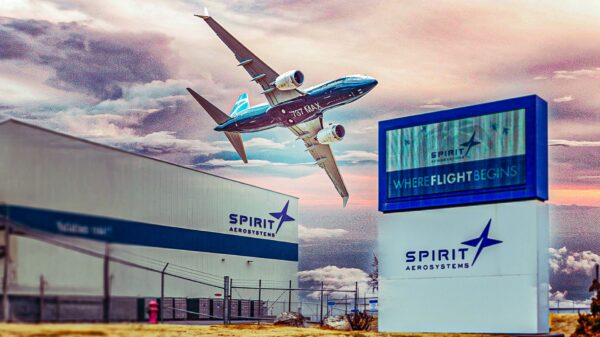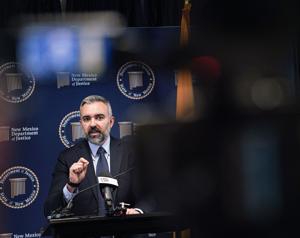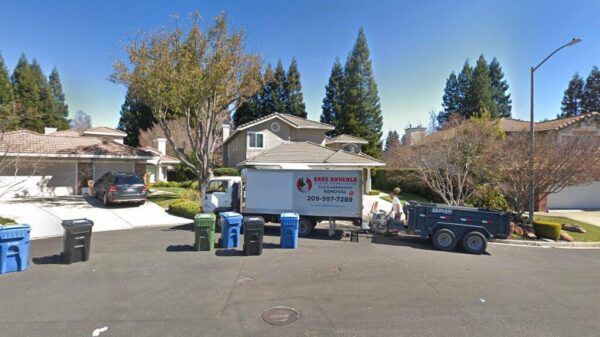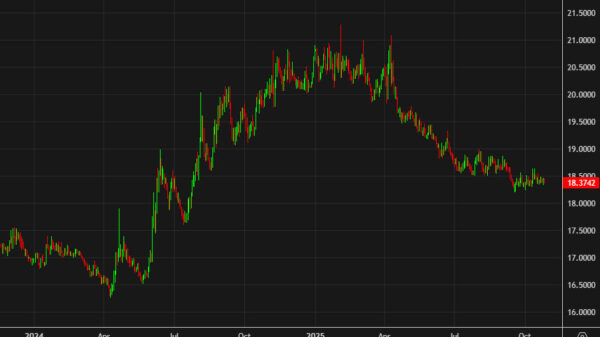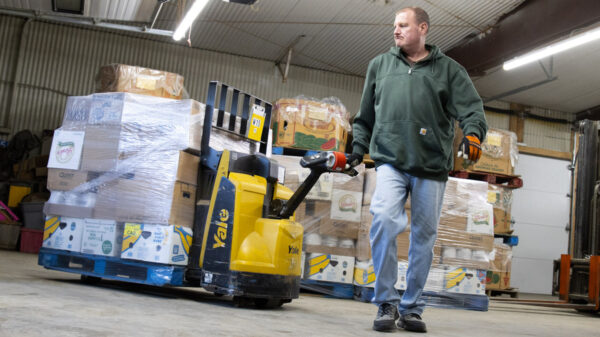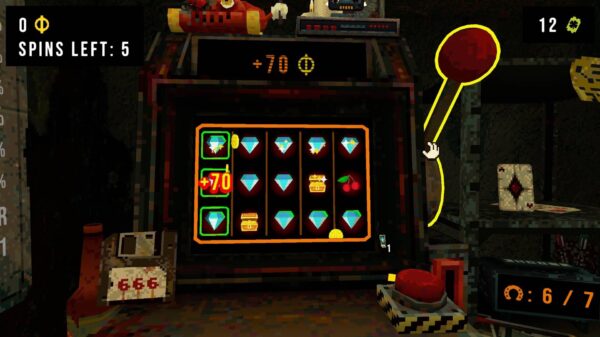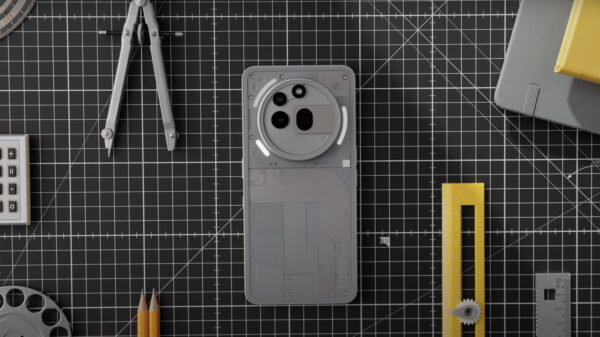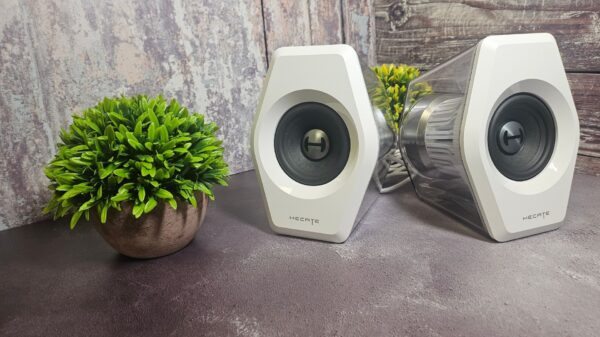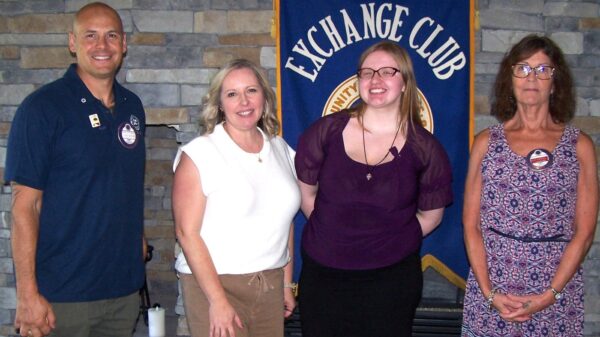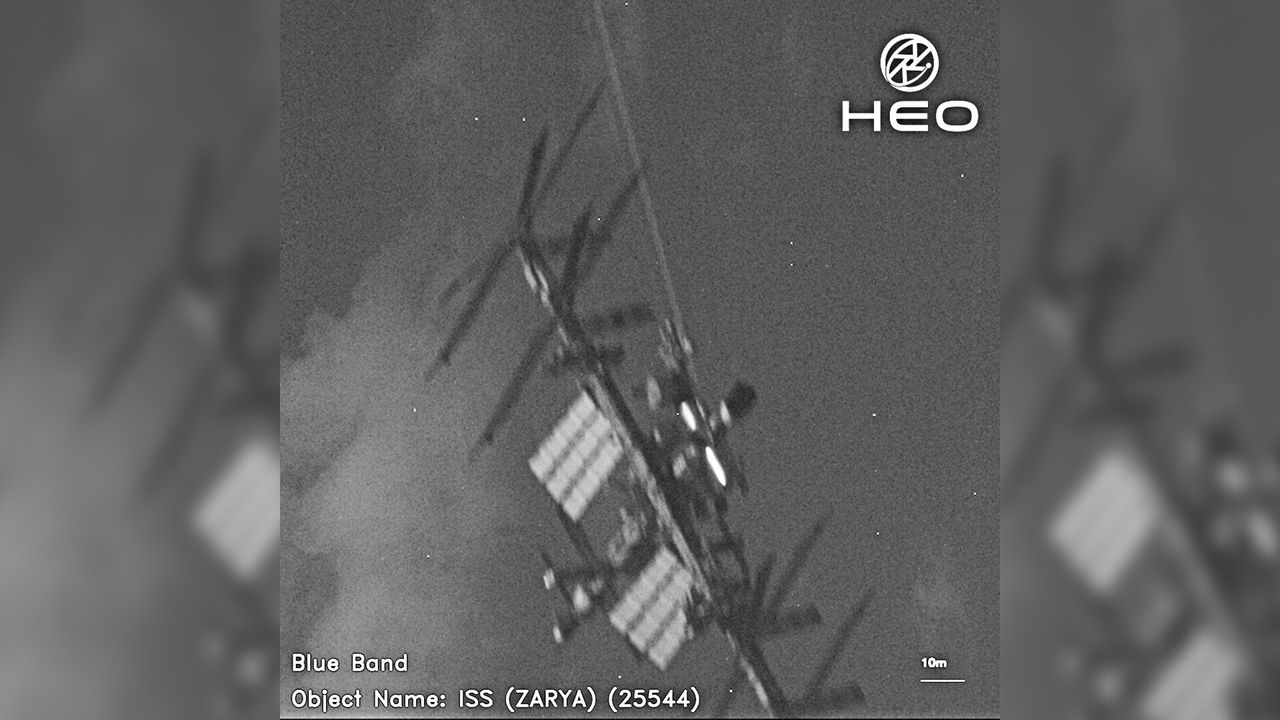An Australian company, HEO Robotics, is advancing its mission to capture images of spacecraft beyond low Earth orbit (LEO), with ambitions stretching towards the far reaches of the solar system. Known for its striking images of spacecraft like the International Space Station (ISS) and China’s Tiangong space station, HEO Robotics aims to enhance its capabilities to include geostationary orbit (GEO) and potentially, distant celestial bodies.
HEO Robotics has gained attention for its innovative approach to spacecraft imaging, utilizing non-Earth imaging (NEI) techniques. The company captured notable images, including a dramatic shot of the European Space Agency’s ERS-2 satellite as it descended toward Earth on February 14, 2024. These images are not only visually impressive but also serve critical purposes such as anomaly detection, operational awareness, and tracking of space debris.
At the recent International Astronautical Congress (IAC) held in Sydney, HEO co-founder and Chief Executive Officer Will Crowe outlined the company’s plans to expand its imaging capabilities. “Getting to GEO is going to be very challenging, so we’re focused on that right now,” Crowe stated, emphasizing the commercial potential and enhanced capabilities this move would offer to clients.
Established in 2019, HEO Robotics initially began as an asteroid-mining venture before shifting its focus to imaging technology. Crowe noted that while national security agencies have performed similar imaging for decades, the technology was highly classified, leaving the private sector unaware of its possibilities. “No one without a classification knew it was possible because it was just very secretive,” Crowe remarked, highlighting the company’s unique position to explore these capabilities without restrictions.
HEO Robotics does not operate its own satellites but collaborates with various Earth-imaging companies like BlackSky and Satellogic. This partnership allows HEO to leverage existing satellites, particularly when they are not engaged in active missions. However, the company faces challenges in accessing cameras in GEO, where fewer satellites are equipped for imaging. Crowe indicated that HEO is planning to develop its own imaging technology for satellites destined for GEO, which is approximately 22,236 miles (35,786 kilometers) above Earth.
In addition to its imaging advancements, HEO recently signed a three-year memorandum of understanding with Astroscale, a firm specializing in satellite servicing and orbital sustainability. This agreement aims to enhance cooperation in monitoring and servicing government, commercial, and defense assets in space. Astroscale has already conducted fly-arounds of spent rocket stages in orbit, which aligns with HEO’s capabilities to assist in deorbiting space debris.
HEO Robotics has also received the first National Oceanic and Atmospheric Administration (NOAA) Tier-3 license for a commercial optical camera operating in high LEO, a significant milestone that underscores the growing recognition of non-Earth imaging as part of space safety infrastructure.
Looking ahead, HEO Robotics envisions a future where it can facilitate missions to various destinations within the solar system. “If you want to go see an asteroid, we will enable that mission,” Crowe said, expressing confidence in the company’s ability to extend its reach beyond Earth orbit. The company plans to start with asteroids passing through the Earth-moon system, but Crowe believes that with sufficient resources, they could expand to cover the entire asteroid belt and beyond.
As HEO Robotics continues to push the boundaries of what’s possible in space imaging, the leap from Earth orbit to other destinations may redefine our understanding of space exploration and monitoring. Crowe’s vision of “the solar system on demand” could soon become a reality, as the company works to normalize non-Earth imagery and expand its technological capabilities.








